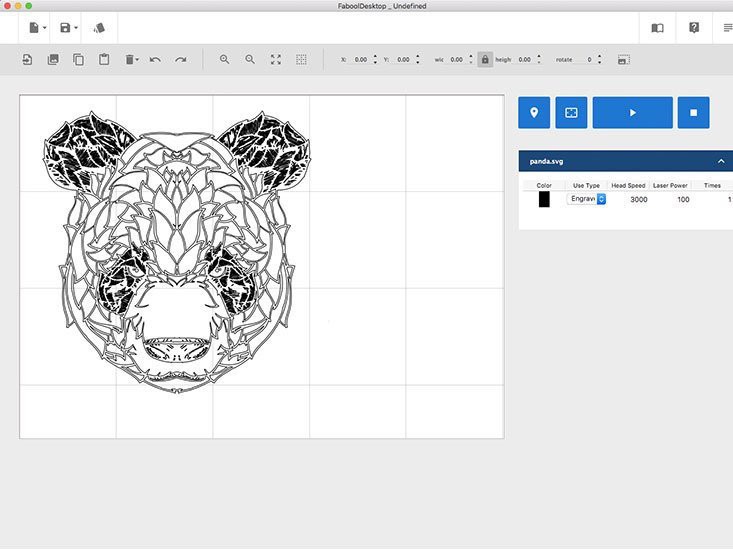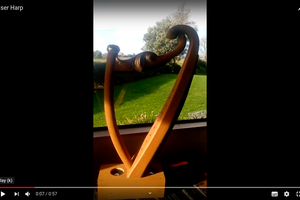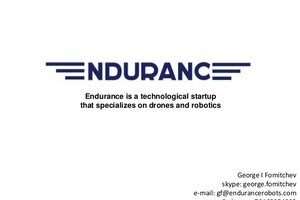<Adopted Laser>
The Lasers adopted for FABOOL Laser Mini are following 2 types;
- 1.6W diode laser 450nm (PL TB450B) from OSRAM Inc.
- 3.5W diode laser 445nm (NDB7K75) from NICHIA CORPORATION
Laser diodes are constantly kept cool by Heat Sink and Fan to prevent increase in temperature. Also a cover is installed to block the light from laser.
<Axis>
Fabool Laser Mini employs V-Slot Linear Rail(20 x 20mm) and Delrin Mini V Wheel from OpenBuilds for its axis. Thanks to the V-Slot, the number of parts decrease and makes the structure simple. Plus, the expansion of axis makes the processing area broader. The standard size of processing area is 300x230mm.

<Control Panel>
We adopted STM32F205 microcomputer from STMicroelectronics Inc. as main CPU for the Control Panel of Fabool Laser CO2/DS. PC and STM32 are connected with USB and communicate G code in serial communication system.
Except for microcomputer, the lasers are equipped with 2 A4982 drivers from MicroSystems Inc. and MCP4461 digital potentiometer from Microchip Technology Inc. for setting up the power for driver. MCP4461 is set by G code in I2C connection via microcomputer. The output of the laser is controlled by STM32, and the power is adjusted by PWM.
Kicad from open-source PCB CAD software is utilized for the Control Panel development.

<Firmware>
The firmware for Fabool Laser Mini is developed based on GRBL(http://bengler.no/grbl). We implemented following function on the firmware.
- Laser Carving
- Power Adjustment for Motor Driver
- Switching ON/OFF of Laser Output
We adopted Eclipse and OpenOCD for the firmware development.
<Software>
Fabool Desktop, the software for Fabool Laser Mini processing, operate on Windows and Max OS X. The software imports SVG, DXF and other image datas and control processing by sending G code to the Control Panel of Fabool Laser Mini. SVG and DXF are processed along the outward form (vector processing), and image data is processed by horizontally scanning like as the whole data is filled and plastered ( raster processing ).
The programming language is C++, and the library is Qt5. The development environment is Qt Creator.

 smartDIYs
smartDIYs
 Lyn
Lyn

 oni305
oni305
 georgefomitchef
georgefomitchef